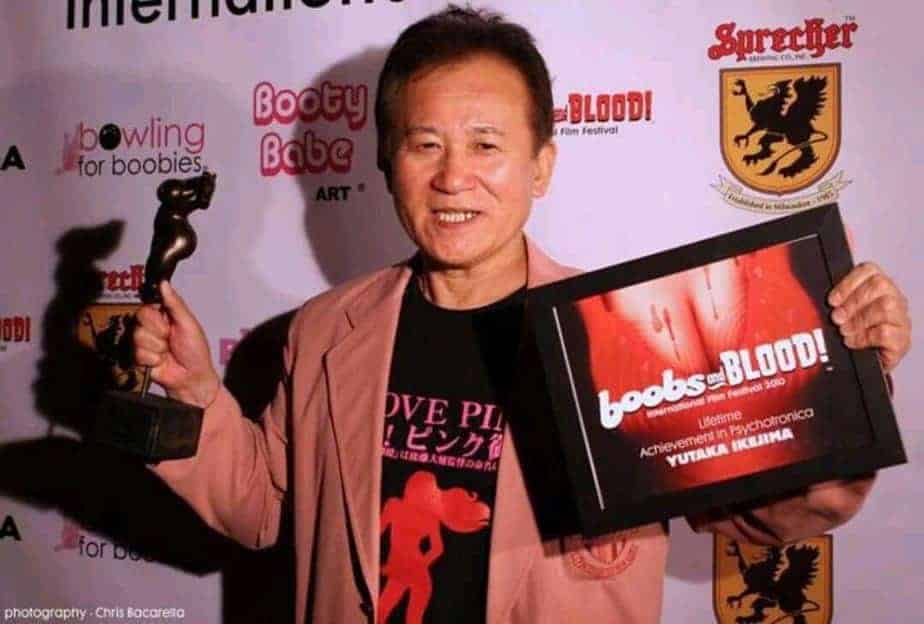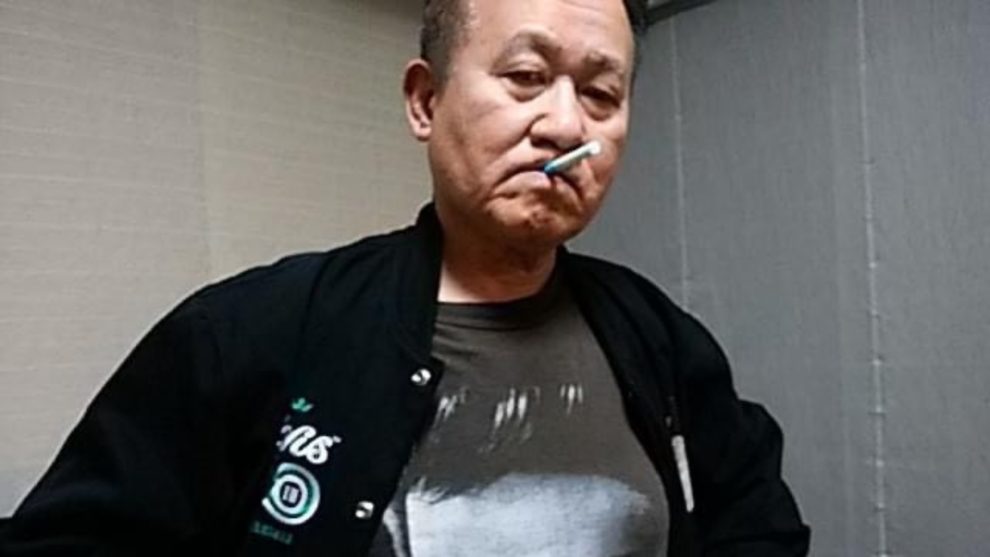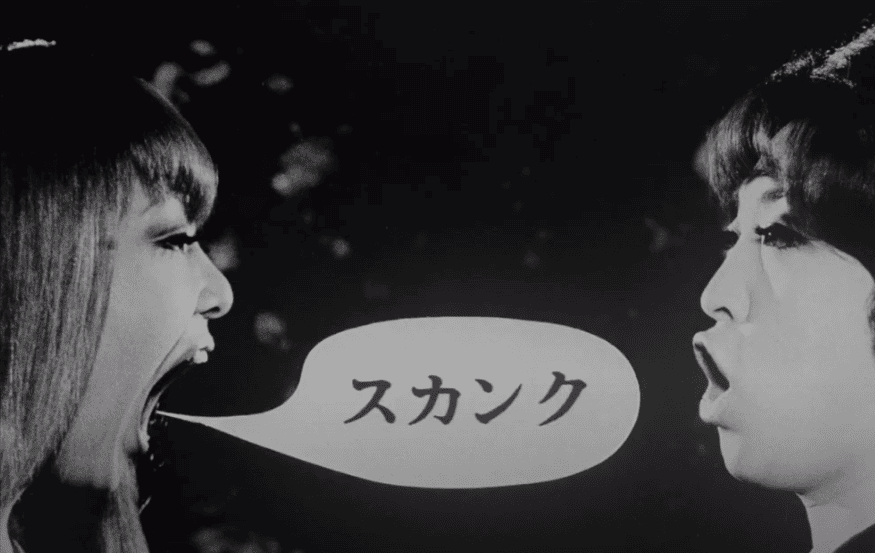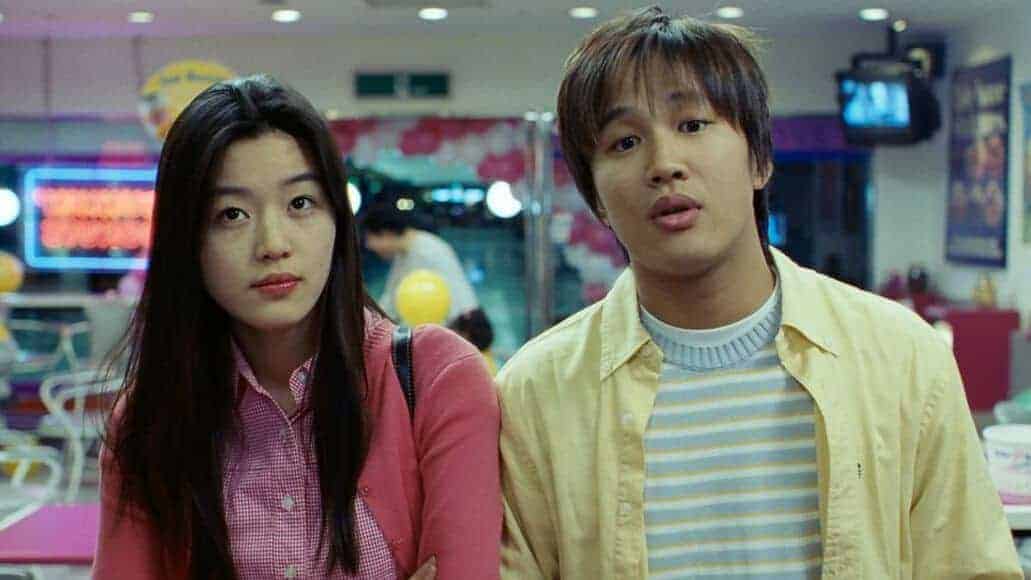Yutaka Ikejima was born on March 30, 1948. He studied Literature at Waseda University. He first entered the entertainment business in the late 1970s as an actor with Shuji Terayama's theatrical group Tenjō Sajiki. His film debut was in the 1981 Genji Nakamura pink film Semi Documentary: Housewife Prostitution Team aka Document Porno: Married Woman Prostitution Techniques. In contrast to his stage career, in his screen work, Ikejima has stayed in the erotic genres.Between 1981 and 1988 he appeared in over 500 softcore pink films, working for such directors as Hisayasu Satō, Yōjirō Takita and Ryūichi Hiroki. Ikejima appeared in Satō's gay-themed “Temptation of the Mask” (1987), a film significant for joining three of the “Four Devils” or “Four Heavenly Kings of Pink” in one work. Though most-awarded and recognized as a director, Ikejima has continued acting to the present day.
He began his directorial career in 1988, at first working mainly in AVs (adult videos). His cinematic theatrical debut as a director was The Masturbating Lesbian. Through his production company Cement Match, Ikejima both stages plays and self-produces film. Cement Match has made films for all of the major pink film distribution companies, but most often produces for OP Eiga. Through this company he has produced such prominent pink films as Daisuke Goto's A Lonely Cow Weeps at Dawn (2003) and ENK's “The Gays in Wonderland” (1997). Also active in gay-themed films in both acting and directing careers, the 1996 gay film, “Love Me Danger”, directed by Ikejima, was chosen the 6th Best Film at the Pink Grand Prix. His “Men Who Love” (2002) was one of the first pink films to be shown at the Tokyo International Lesbian & Gay Film Festival.[9]
In his pink film directorial career, Ikejima usually collaborates with his wife, screenwriter Kyōko Godai, who had previously made a name for herself scripting for Hisayasu Satō. In 2008 Ikejima directed his 100th pink film, The Muse, an accomplishment for which he was given a special award at the Pink Grand Prix.
Filmmaker Jaim Cleeland speaks with him about his career, the past, present and future of the pink industry, how these films and pornography are perceived in Japan and other topics

Hello, you started in the entertainment business in the 1970s. What would you say has been the biggest change during that time?
I started out acting in an underground theatre group, which fused politics and art. In Japan this is called Angura. Originally, I wanted to be a movie director. I wanted to enter the world of movies. But at that time, the Japanese movie industry was in shambles. Every major studio was closed. These days, domestic cinema is a hugely successful industry.
Was it easy for you to get into the film business?
The Japanese movie industry from the 1960s to the 1970s was at its worst. It was difficult to enter the world of movies apart from Pinku Many of my fellow theatre actors were appearing in Pink movies. I was invited by a friend at that time, but I refused. However, when I was in my 30s I became tired of theatre. In 1981 I decided to enter the world of Pink cinema.
Can you tell me something about the Pink Film Industry?
When I made my debut as an actor in the genre, nearly 300 Pink movies a year were produced. However, by the time I made my directorial debut in 1991, there were only about 150 per year. Nowadays, the number of Pink movies being produced is between 20 and 25.
Were you a fan of Pink Films before getting involved in them?
I wasn't a big fan. However, Pink movies always seemed full of energy. When I saw that film directors such as Koji Wakamatsu and Shinya Yamamoto were paying attention to the genre, I started watching with interest. There were similarities between Angura and Pink movies. Both came out of an underground counterculture.

How is the Pink genre viewed in Japan?
The heyday of Pink movies was from the 1970s to 1980s. There were Pink movie theatres in every town. However, by the end of the 1980s the Pink movie industry was in decline. Nowadays, the general public thinks that Pink movies are dead!
Did the transition from shooting on film to shooting with digital formats change your approach to filmmaking?
This was a big change in the movie industry. In the case of making Pink movies with film, due to budget, simultaneous sound recording was not possible. This allowed me to shout out various instructions to actors while filming on set. Foley sound and actors lines were recorded and added afterwards in a studio. With digital, sound and image are generally recorded simultaneously. This restricts my on-set utterances while filming.
Does making pornography have a stigma in Japan? Is it associated with a particular group of people?
No, it belongs to Japanese society as a whole.

Would you say that there is a downside to making Pink Films?
These days it is a genre that is largely ignored. I would say that it is also impossible to get into the mainstream film industry from Pink movies.
How has the distribution of your movies changed over time?
In the 1980s, when I made my debut as an actor in a pink movie, there were numerous production and distribution companies. In 1991, when I directed my first movie, the number had decreased to five companies: Shintoho, Kokuei, Excess, Okura, and ENK. The number of Pink movies being made had halved. Jump forward thirty years to the present, and there is only one company that produces and distributes Pink movies, OP Eiga.















